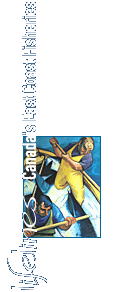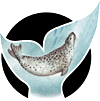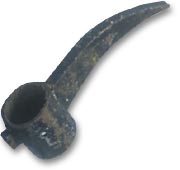
|
Hakapik head
1970s
Norway
A Norwegian invention, the hakapik was adopted by Canada in
1976 as a safe and humane killing tool. Seals were struck
with the blunt end, and a hunter who lost his footing could
use the hooked end to haul himself out of the water.
(Canadian Museum of Civilization, 998.37.1)
|

|
|
Flintlock rifle converted to a
percussion-cap gun
Mid-19th century
United Kingdom
Gift of Frank Porter, Hibbs Cove, Conception Bay, Newfoundland
Markings: "Woodcock" (lock) and "CT" (stock). Guns were used to
kill older seals.
(Canadian Museum of Civilization, N-300)
|
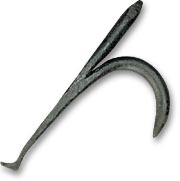
|

Gaff hook
Newfoundland
Gift of Douglas Shea, Twillingate, Newfoundland
Gaff hooks were made locally and bound to poles of suitable
size by individual sealers.
(Canadian Museum of Civilization, N-77)
|

|
|
Gaff
Newfoundland
Gift of Derek Bowring, St. John's, Newfoundland
Used prior to the 1967 season, the gaff was the traditional seal
hunting tool. Seals were struck with the rounded end. Hunters
used the pole to keep their balance on the ice floes and the
hook to climb to safety if they slipped into the water.
(Canadian Museum of Civilization, N-259)
|
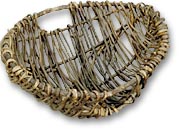
|
Ice basket
Newfoundland
Gift of Derek Bowring, St. John's, Newfoundland
On ice floes, rainwater or melted snow often froze in
pinnacles. These were harvested by ships' crews and taken
in baskets to the vessels for drinking water.
(Canadian Museum of Civilization, N-262)
|
|
